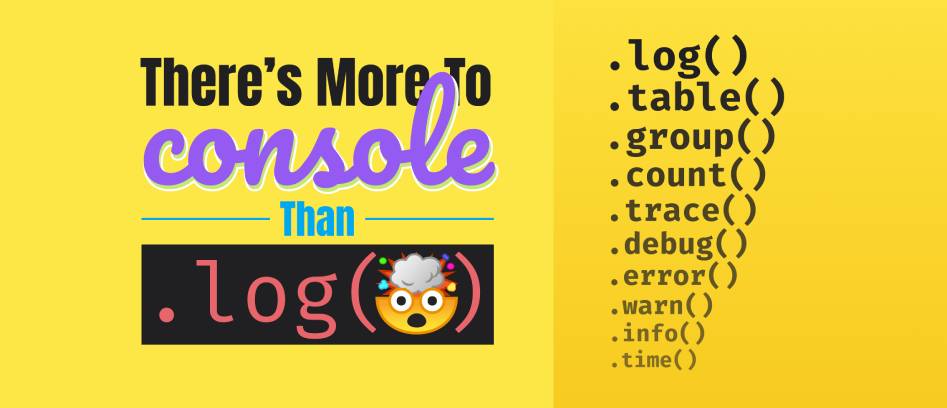Mastering the JavaScript Console: Tips and Tricks for Efficient Debugging

In JavaScript, the console is a built-in object that provides a way to interact with the browser’s debugging console but mastering the JavaScript Console needs practice.
To access the console, you can use the console object, which is available globally in the browser’s JavaScript environment. Here are some common methods you can use with the console object:
console.log(): Logs a message to the console.console.error(): Logs an error message to the console.console.warn(): Logs a warning message to the console.console.table(): Displays an array or object as a table in the console.console.clear(): Clears the console of any existing messages.
Here are some examples of how to use the JavaScript console.log and console.table:
Console.log
- Logging messages:
console.log("This is a log message");This code will log the message “This is a log message” to the console. This is useful for debugging your code and checking the values of variables.
Console.error
Here’s an example of how to use console.error():
const x = 10;
const y = "abc";
if (isNaN(x) || isNaN(y)) {
console.error("One or more inputs is not a number");
}The output in the console will look like this:
VM123:4 Uncaught Error: One or more inputs is not a number<br>at :4:13
Console.warn
console.warn(): Here’s an example of how to use it
const x = 10;
const y = "abc";
if (isNaN(x) || isNaN(y)) {
console.warn("One or more inputs is not a number");
}
The output in the console will look like this:
VM123:4 One or more inputs is not a number
Table
console.table() is a useful method in JavaScript’s console that allows you to log an array or object as a table, making it easier to read and understand. Here’s an example of how to use console.table():
const fruits = [
{ name: "apple", color: "red", price: 0.5 },
{ name: "banana", color: "yellow", price: 0.25 },
{ name: "orange", color: "orange", price: 0.3 },
];
console.table(fruits);
In this example, we have an array of objects that represent different fruits and their properties. We use console.table() to log the fruits array as a table to the console. The output will look like this:
┌─────────┬─────────┬────────┬───────┐
│ (index) │ name │ color │ price │
├─────────┼─────────┼────────┼───────┤
│ 0 │ 'apple' │ 'red' │ 0.5 │
│ 1 │ 'banana'│'yellow'│ 0.25 │
│ 2 │ 'orange'│'orange'│ 0.3 │
└─────────┴─────────┴────────┴───────┘
console.clear
Here’s an example of how to use console.clear():
console.log("This is a message");
console.warn("This is a warning");
console.error("This is an error");
console.clear();
The output in the console will look like this:
Console was cleared
Using the console is a powerful tool for debugging your JavaScript code and understanding how your code is executing so that mastering the JavaScript console.